Refugees from Central African Republic reach safety in Cameroon
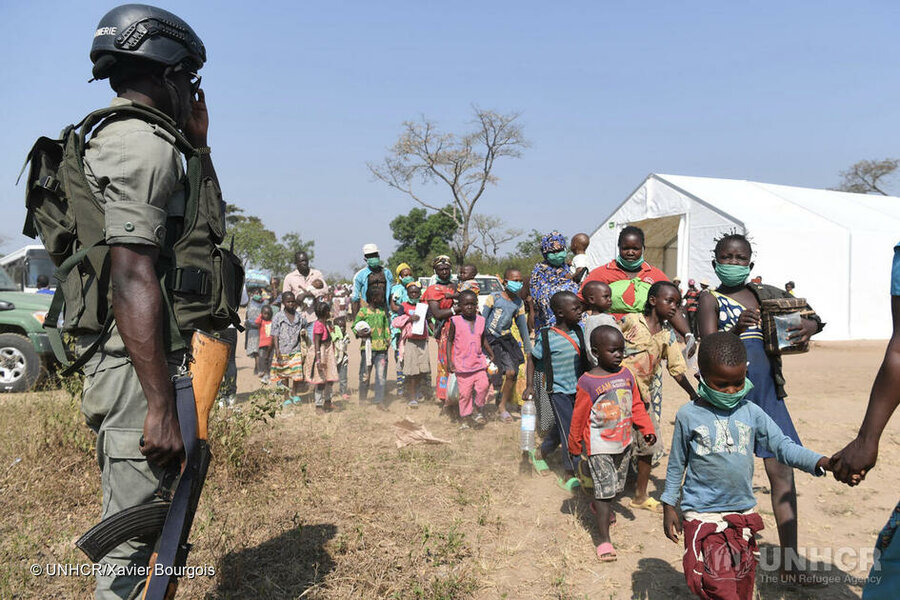
The sheer vastness of the refugee camp at Gado-Badzere, 30 km from Cameroon’s eastern border with the Central African Republic — aka CAR — is a humbling sight.
That’s where the refugees filing in on a rainy January morning hail from. Family heads lead the way as staff from the World Food Programme (WFP) and the UN Refugee Agency (UNHCR) take people’s names. The Government of Cameroon wants to ensure every registered refugee fleeing the violence in their homeland is accounted for. People who got here first welcome those just arriving. Everyone is hoping to spot a relative or a friend. Only occasionally does this happen, however.
Mariam, 65, is among those frantically looking out for family. A few days ago, armed men arrived in her hometown of Bouar, shooting and killing at random, she says.
“I just joined the crowd of fleeing villagers until we got to the border with Cameroon,” says Mariam. “We trekked for over three days.”
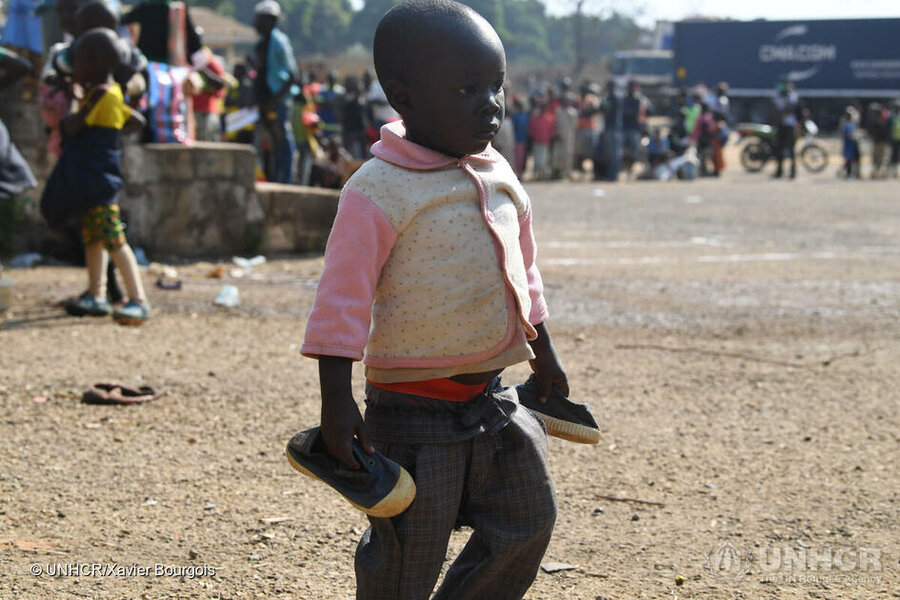
Mariam is one of the 120,000 people from CAR who have fled their homeland following an upsurge in violence in December. Most fled across the border to the Democratic Republic of the Congo. Around 5,000 crossed into Cameroon, where WFP already supports almost 600,000 people every month, including more than 200,000 refugees from CAR. More people are expected in coming weeks.
With support from USAID, WFP has already provided around 20 metric tons of foods such as rice, beans and vegetable oil, so the refugees can make their own meals and settle in.
For Mariam, WFP rations are welcome news. She was stuck at the border for three days, tired of walking and with no hope of making the crossing. Confronted with hunger, she felt it was impossible to go back.
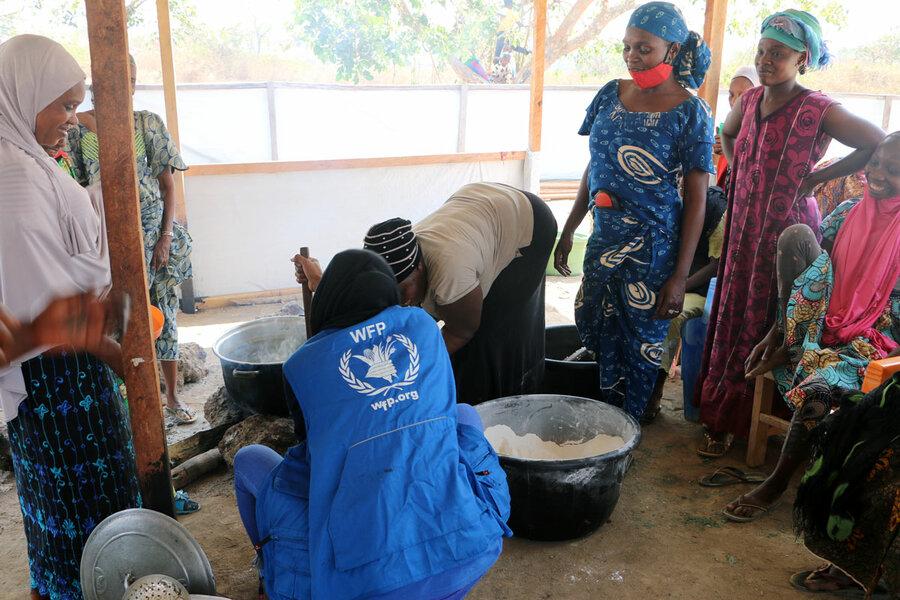
All she wanted at that point was a little food and water to gain back a measure of strength to complete her journey. Finally, another refugee introduced her to a motorcyclist who drove her across the border into Cameroon.
“I have always been able to cater for my needs,” she says. “Food has never been a challenge. Now I have to wait in line for rations.”
Mariam may have found shelter and a guaranteed meal but she is heartbroken, she says, knowing others may not have been so lucky. She's moved into a small tent provided by the UN Refugee Agency, with Vanessa, a disabled mother and her two children.
Northern Mozambique: 'Too hungry to think past tomorrow'
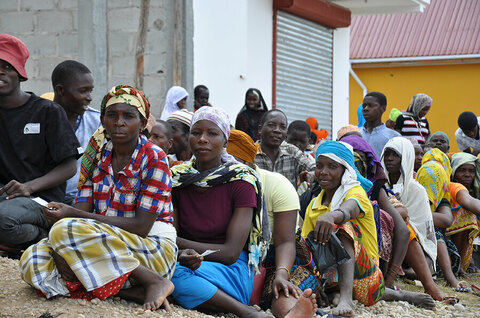
They got here thanks to the bravery of her husband, who sent the family to safety ahead of himself. She still doesn’t know if he made it out alive.
In any case, she asks, “Now that we are safe, what will we eat?”
More than half of new refugees here are children. They add a new layer of worry to the mix — especially for women like Leticia, a pregnant mother of three. She is grateful for the month’s worth of WFP food, but wishes there were more.
Leticia points out a painful fact: WFP is operating at the very limit of its resources. Already, several thousand CAR refugees have crossed the border into Cameroon in January alone. That puts a huge strain on operations to ensure everyone eats.
Overall, the organization urgently needs US$1.6 million to support its operations in the eastern region of Cameroon over the next six months.
Natenge also has her worries. With ten children, she heads the largest family in the camp. It’s a daunting task to feed her boys and girls with the same meal of rice and beans for 30 days straight. But she is excited and hopeful for the future.
“I’m sure we can brave whatever comes next, so long as it is not death,” she says in broken French. “We have already survived so much.”
Le pouvoir des pois : de nouvelles cultures changent des vies en Zambie
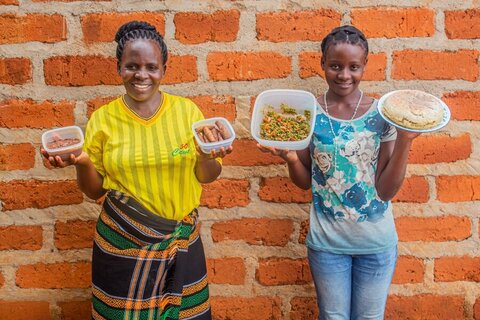
Smiles are hard to come by in this refugee camp. There is a lot to worry about. Relatives left behind. Companions who died along the way. Sources of livelihood destroyed, and the looming uncertainty of a bleak future. But here, there is one common thread that binds — food.
Despite their individual tragedies and heartbreaks, everyone here knows what it feels like to be hungry. They have all, over the past month, wondered at some point if they should save today’s ration for tomorrow, if they should give a portion of their food to a neighbour’s child, or watch their own cry for more. It is this shared heartache that brings people together. So, while the women get together in the kitchen to cook, the men help to gather wood and the children are ready for any chores. It’s all hands on deck, so no one goes to sleep hungry.
Learn more about WFP's work in Cameroon
